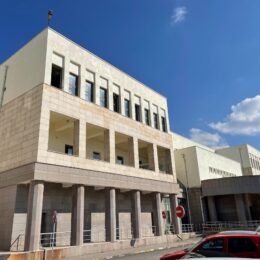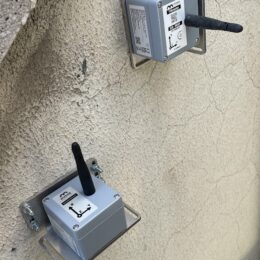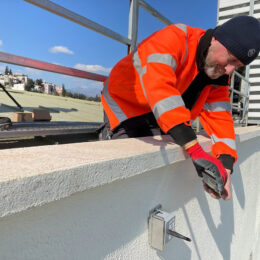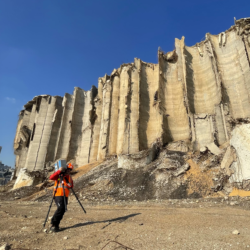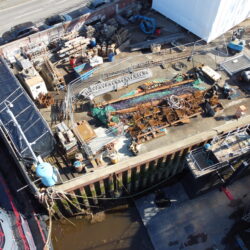PROJECT OVERVIEW
On the 6th of February 2023, a magnitude 7.8 earthquake occurred in southern Turkey near the northern border of Syria. This event was followed approximately nine hours later by a magnitude 7.5 quake located around 95 kilometers (59 miles) to the southwest.
The first earthquake was the most devastating to hit earthquake-prone Turkey in over 20 years and it was as strong as one in 1939, the most powerful recorded there. It has its centre near Gaziantep in south-central Turkey, home to thousands of Syrian refugees and the many humanitarian aid organizations also based there.
There have been 50,783 deaths, 297 missing and 107,204 injured across 11 of the 17 affected provinces of Turkey. At least 15.73 million people and 4 million buildings have been affected. About 345,000 apartments have been destroyed.
The community has been left in a state of vulnerability, unsure whether or not to return to their homes, schools, hospitals…
To bring them some support in this critical situation, Emmanuel Durand partnered with Move Solutions, who donated the necessary sensors for the project to monitor and analyze the structural conditions of two hospitals and a large student residence after the earthquake. That enabled the collection of valuable data for post-earthquake analysis and facilitated the return of people to these essential facilities.
MONITORING SYSTEM
Wireless tiltmeters were employed to measure inclination and detect any potential shifts in the buildings’ orientations. Wireless accelerometers were used to capture dynamic responses and vibrations induced by external forces or structural instability. The gateway served as the central data hub, collecting, analyzing, and transmitting data to the cloud-based software platform.
MONITORING PROJECT – DATA COLLECTION
The sensors were strategically installed at critical locations to ensure comprehensive data collection. The tiltmeters were positioned to detect even subtle inclinations, while the accelerometers were deployed to monitor vibrations and oscillations in real-time. Move Solutions’ cloud-based software platform facilitated remote data visualization, trend analysis, and real-time alerts. The collected data was processed, allowing Emmanuel Durand and the project team to monitor the structural behavior of the buildings remotely, assess the impact of the earthquake, and identify potential areas of concern.
CONCLUSION
The collaboration between Emmanuel Durand and Move Solutions allowed to gain crucial insights into the structural health of the hospitals and the student residence. This data-driven approach helped to instil confidence among the building staff, enabling them to return to their work safely.
The monitoring project also demonstrated the immense value of structural health monitoring in the post-earthquake scenario. The collaboration between Emmanuel Durand and Move Solutions exemplifies the positive impact that technology can have on building resilience and safety.



